PROCESS | PHILOSOPHY
Taliesyn strives to conceptualize architectural solutions that inherently fulfil the sole intention of creating meaningful spatial interventions. Co-Founded in the year 2010 by Shalini Chandrashekar & Ar G S Mahaboob Basha, the firm has projects dotting the Southern-Indian frontier ranging a diverse portfolio of Residential, Hospitality, Recreational, Institutional & Cultural genres.
The practice’s design philosophy involves decoding an architecture deeply rooted in the landscape & responds to the vernacular paradigm of site & materiality. Exploration of materials based on their proximity to the site, properties, appearances & the effect it introduces into space is paramount. Taliesyn’s body of work is strung together by a common thread of contextual sensitivity & architectural experiences that holistically engage the senses.
ABOUT

The use of design tools as indicated is one of the main principles followed by the firm to ideate through them. These tools not only help in our research but also help in evolution of the concepts.


The spatial quality is perceived through emotional sensibility, and this would be best described through images invoking the same. We believe atmospheric renders provide the clarity and the consequence to the entire design process.

TEAM
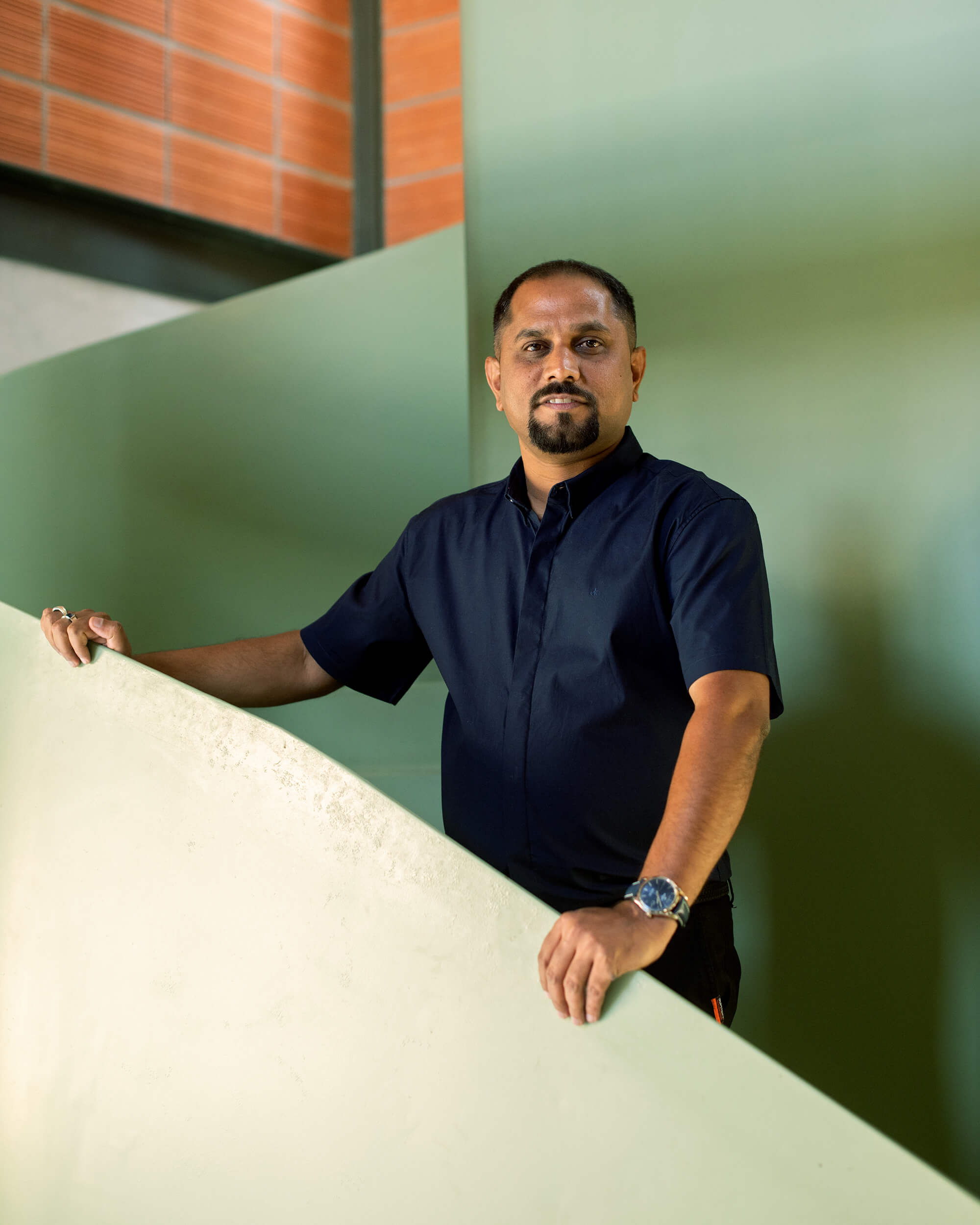

Co-Founder & Principal Architect
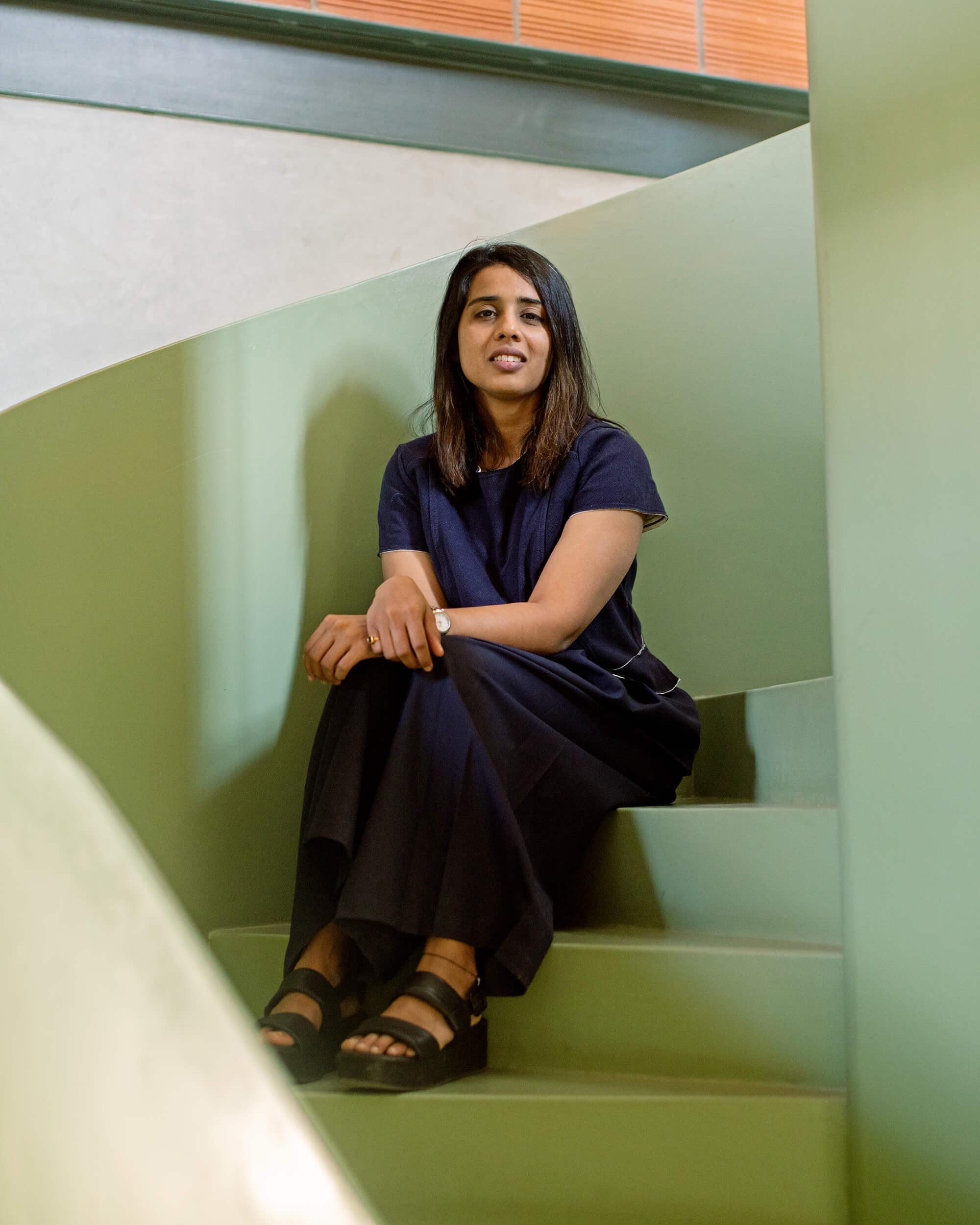

Co-Founder and Principal Designer

Associate Architect
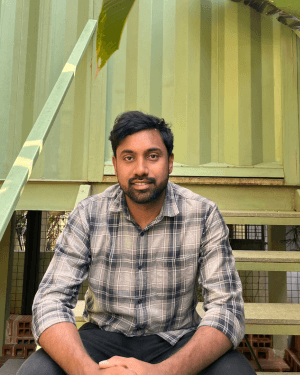
Associate Architect
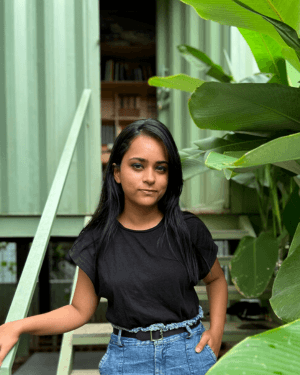
Senior Interior Designer
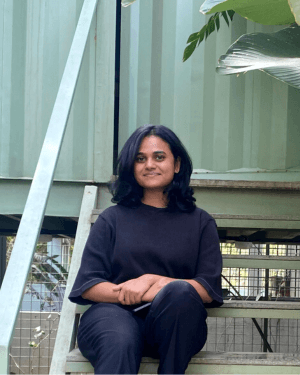
Project Architect
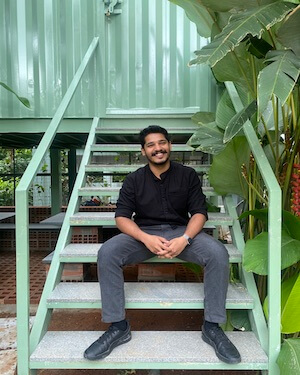
Project Architect
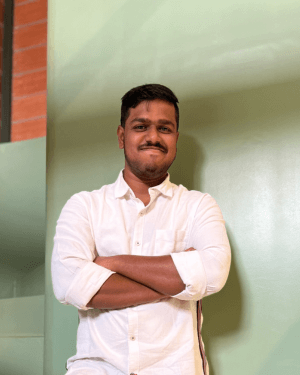
Project Manager
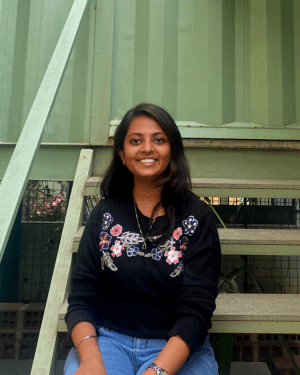
Project Architect
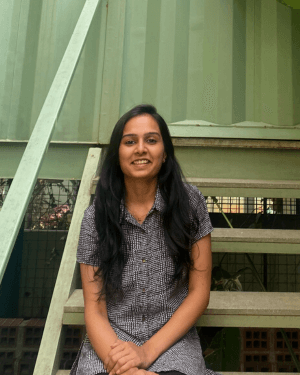
Project Architect
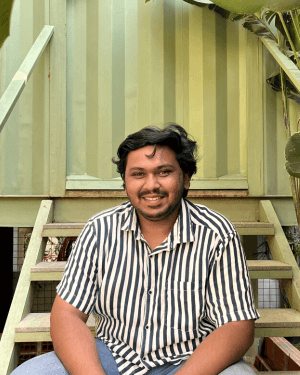
Project Architect
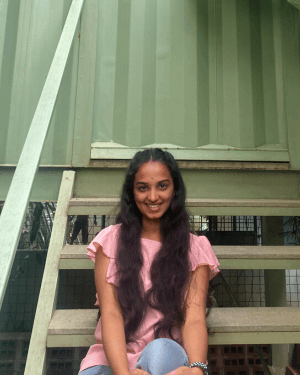
Admin manager
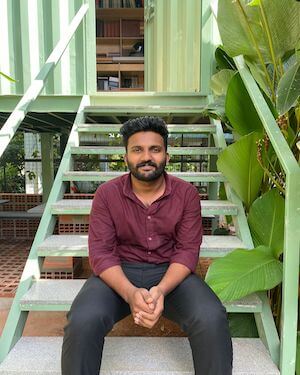
Project Architect
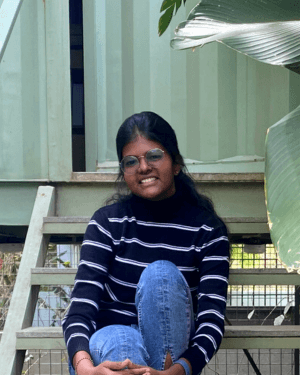
Intern
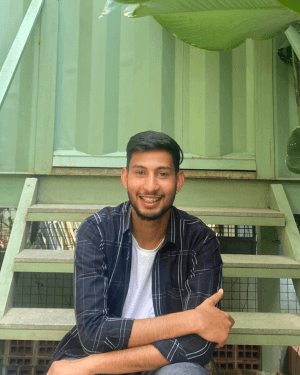
Intern
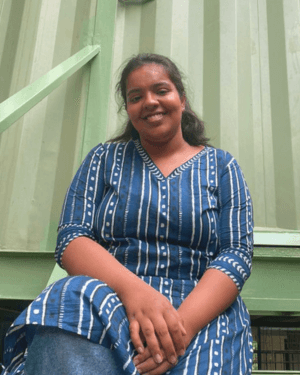
Project Architect


The Monsoon House, Kerela
Taliesyn Design & Architecture
The East has always taken pride in its rich architectural heritage while the West envisaged the modern revolution. India is known for the cultural history and advancement in traditional arts and crafts since ages. Reviving the essence of eastern ornamentation with emphasis on organic floral patterns and opulent spaces, the Monsoon House is designed. Lavishly decorated spaces are balanced by large openings and a central court that look outwards. An outward planning gives an inherent lightness to the structure while delicate ornamentation in the interiors adds a high level of elegance.
Enjoying a beautiful location overlooking the back waters of Kerala and paddy fields surrounding the site, an outward plan ensures a close connection of the house with its spectacular environment. An extensive program brief is evolved around a central courtyard with living spaces designed around it split on two floors. A large semi enclosed swimming pool with a deck and first floor terrace are an intrinsic part of the house. Each space looks outwards and to a designed landscape element to facilitate interaction within the house. The entrance is through a colonnaded verandah that overlooks the entrance landscape, and reaches a foyer extending into the central court. This court acts as the centre of a pinwheel, around which the flow of movement takes place. Luxury and comfort is defined by multiple spaces for dining, lounging and a spacious kitchen with separate rooms for various cooking activities. Classic weaved rugs in floral and organic prints are used all around the house to add vibrancy to the decor. Upholstery has royal colours and textures on conventional styled furniture that one could have imagined in royal palaces of ancient India.
The family dining and living room open towards the court. The formal living room enjoys views to the central court and has access to an outdoor verandah that is shared with the swimming pool deck. A secondary dining area enjoys a private court overlooking the garden. Heavy ornamentation and pattern upholstery are at the centre of the interior design of the house. The formal drawing room has a wall completely clad in white marble with geometric shaped carved screen and inlay work, inspirational of Mughal Architecture. Magnificence of the entire room is reflected in a mirror clad front wall of the drawing room. Marble and various kinds of stone are used for a rich cultural look and an ambience that reflects prosperity. Lighting is highlighted with heavily ornamented chandeliers and lamps.
Staircase walls have large exclusive prints with illuminated steps in a beautiful white marble stone. A large white piano sits in the middle of the staircase with a lavish brass light hanging from above. Brass sculptures with gold finish bring a definitive royal charm to the house especially the bell shaped sculptures at the entrance. Inlay works on all types of marble has been practiced for centuries in India, which has been used all around the house in walls, floors and even ceiling. Gold as well colourful semi precious stones are used on the floor with a frame finished in brown stone and blue inlay work.
Bedrooms in the house are extremely luxurious with larger than life bathing areas and walk in dressers. The master bedroom enjoys an outdoor balcony from the bathing area that connects to the walk in wardrobe area and has a separate attached study space. Bathroom in the son’s bedroom is an interesting take on an island bathroom that gives a feeling of grandeur and vastness of space. Each bedroom on the first floor opens into a verandah overlooking into the central court and have a shared family lounge towards the front side of the house.
The design of the house laid emphasis on energy efficiency and sensitivity to local weather as much as on creating opulent and interesting interiors. Kerala gets monsoon that lasts about six months of the year, the house is designed keeping that in mind with large overhangs that shields the house from excessive rains. Large projecting roofs create an interesting elevation and protect from direct sunlight as well. An open planning with a central court helps in cross ventilation and keeping optimum conditions within the rooms. The rain water is recycled on the site and solar energy is generated within the house. Automation of the facilities ensures lesser wastage of energy and creates customised environment for each member of the family. Thus the house keeps environment conservation at its heart and the open plan design lets one enjoy the surrounding views within a royal space.
